Emi Jingu | Blow Up Toy
Content Editor: Alice On
In fashion materials matter and this is especially the case for Emi Jingu, Japanese art director, balloon artist and most recently debuting as the world’s first balloon designer.
Premiering her self-titled label in Vancouver in March 2019 I had the fortune of catching her running up the stairs carrying a balloon creation towering over her. After exhausting my supply of Japanese in a matter of minutes, the amused Jingu graciously let me in on a few insights about her creation process through her translator. Her creations are made from intricately woven latex balloons, which she claims are eco-friendly, as latex balloons are made from rubber tree sap, produced without logging. Furthermore when composted safely, natural rubber (cis-1,4-polyisoprene) balloons are able to “fully biodegrade” and return to the earth, according to the Polymer Properties Database.
For Jingu this means they last only a moment, but that’s part of the magic. The power to make people smile in an instant with the novelty of temporary balloon art is something that initially fascinated her in 2012, when she took a part-time job as a balloon performer. Evolving this practice to wearable pieces, her creations cannot and are not meant to be eternally wearable by buyers, which Jingu argues makes them worth wearing.
Reflecting on these points she starts emerging as an Andy Goldsworthy of synthetics of sorts. While at first their bodies of work can seem opposed, one bursting with synthetic bright colours and forms the other unclear if made by man or nature, I find similarities in their learning through touch and the focus on the passage of time and its eventual dissolution of materiality. In making ephemerality central, their objects born of repetitive geometries reflect the truth of an ever-changing world and embrace the cycle of decay.
Works Springtime (2012), Screen (1998) and Mountain to Cost (1987)
Like many of Goldsworthy’s site-specific pieces made from organic materials - Emi’s work lives dominantly through photography, due to the transient nature of the chosen material. As demonstrated in the 1998 work Screen, Emi work also strikes a note of freehanded symmetry and airy existence that is natural to balloon work. Though Emi’s creations will require a little more intention seeking out a compost, I feel it very much echoes Goldsworthy’s exemplary work Mountain to Coast - where the artist’s hands are the only tool of manipulation, forming the mono-material tapering arch to spotlight a reverence to the natural world as the work gradually fade away into the land from which they've come.
But perhaps were their similarities end is Emi’s desire to feature people and urban subjects. Currently her process is highly experimental, primarily used for the advertisement projects and events such as New York’s 2018 BAMkids Film Festival. By relentlessly pursuing the possibilities in the unexpected medium Emi brings diversity through restriction.
Images of works Ice Algae and Photon courtsey of photographer Shizuka Sherry



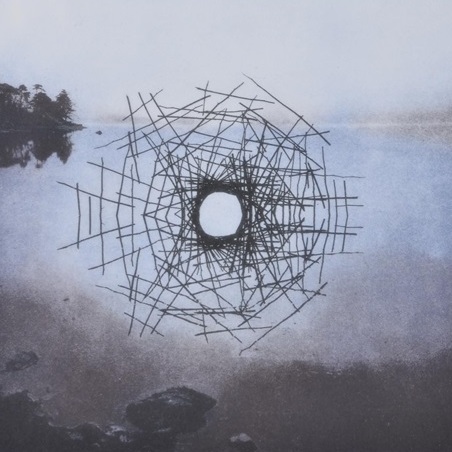
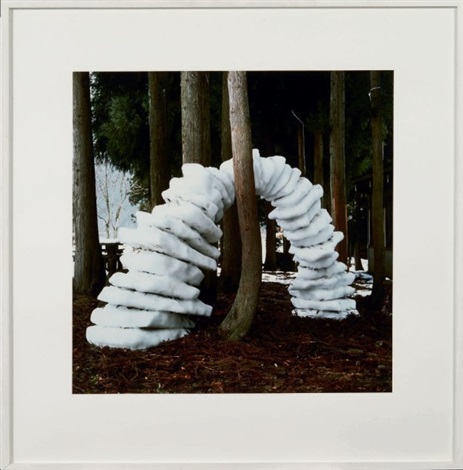

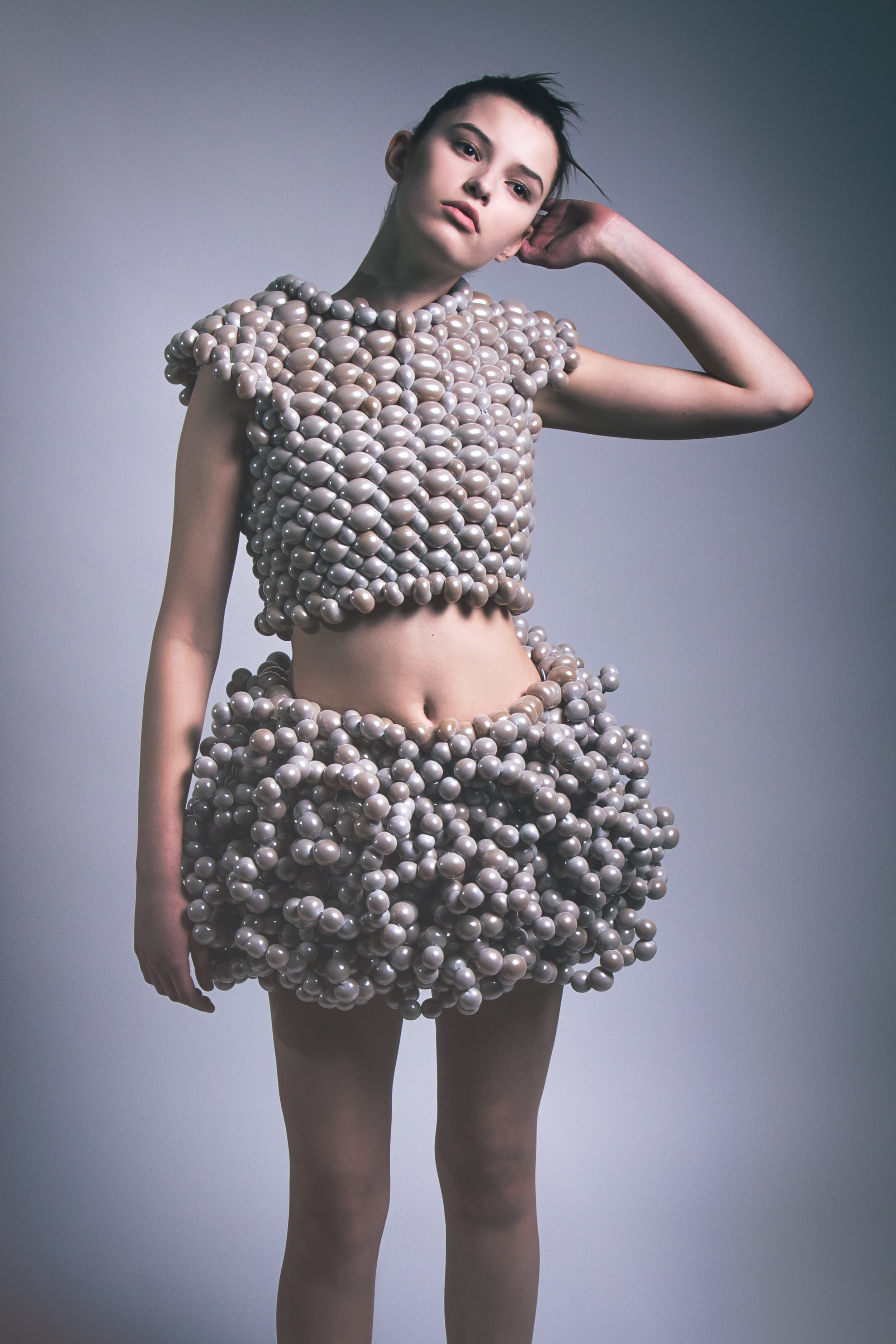

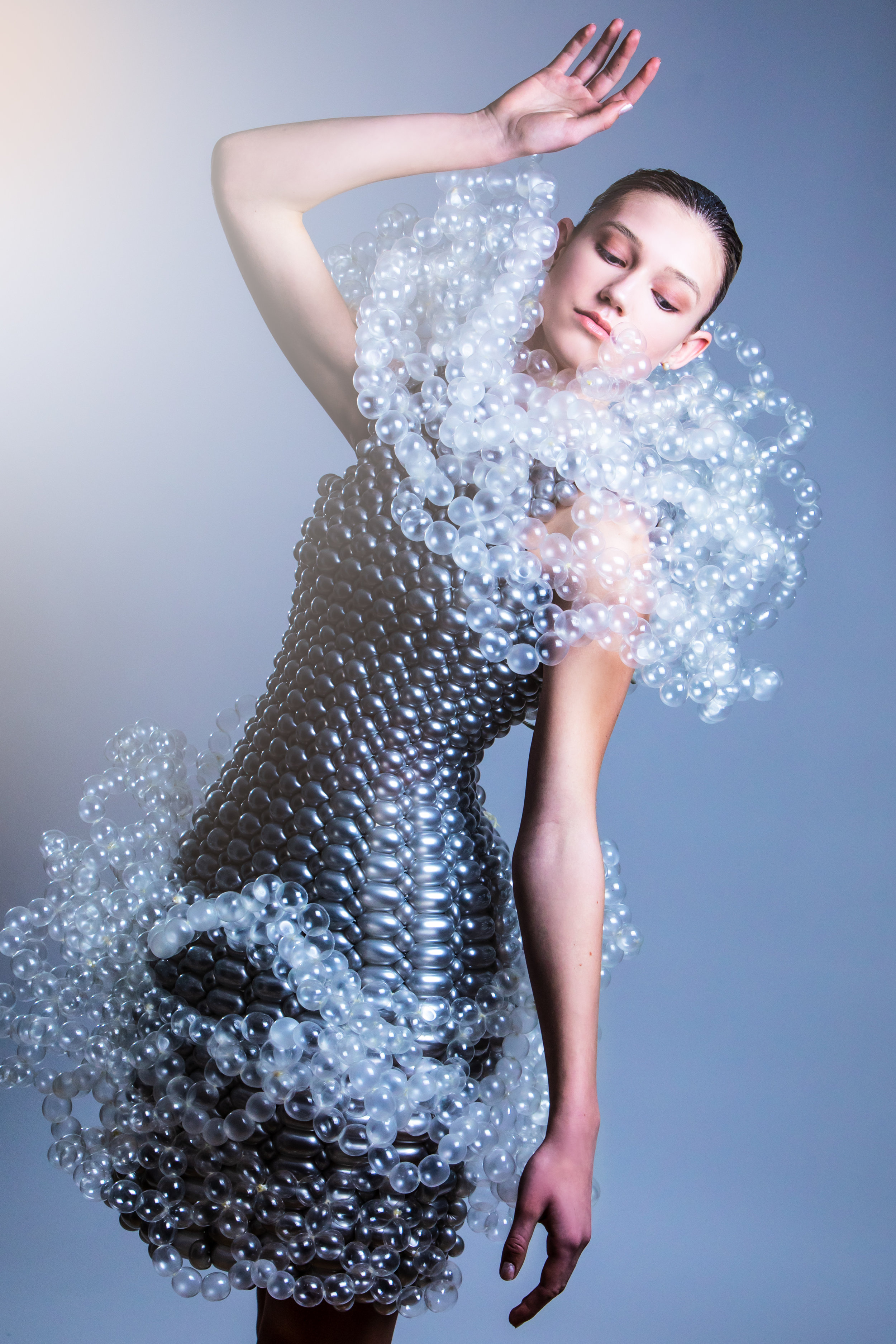

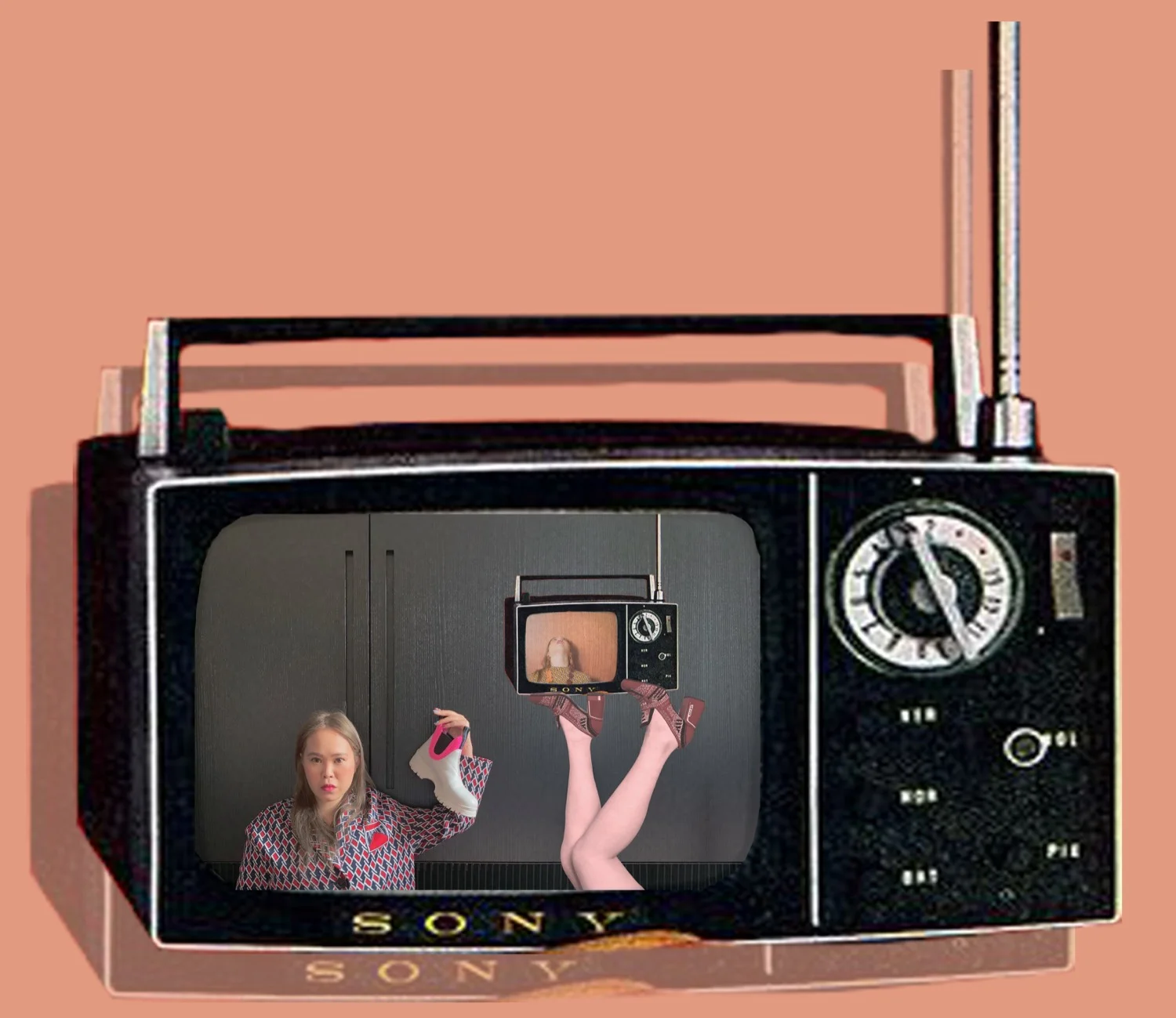







Daisy’s Vibe
I look for design that incorporates retro elements . For me, these treasures represent timelessness and something that I will continue to enjoy time and time again - I look for things that will still looks good after ten years